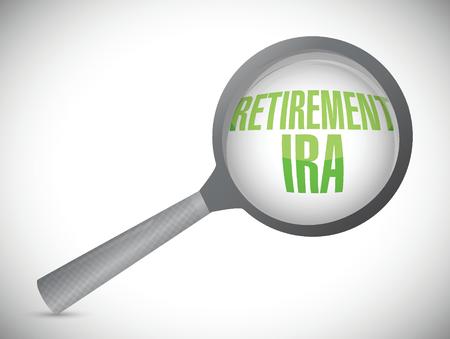You’ve diligently saved for retirement, building up sizable balances in your retirement accounts, and have now reached age 70 ½. IRS rules require that you start taking a Required Minimum Distribution (RMD) from your retirement accounts. In most cases, this distribution is 100% taxable. One retirement distribution planning strategy – taking a Qualified Charitable Distribution (QCD) from your IRA account – may reduce this tax bite.
What is a Qualified Charitable Distribution (QCD)?
A QCD is a distribution which is made from an IRA account directly to a qualified charity. Unlike most regular distributions from an IRA account, the Qualified Charitable Distribution is not taxable. Further, the QCD is counted toward your current year’s RMD. Since QCDs are excluded from your taxable income, you cannot deduct them as an itemized deduction as you normally would.
If you normally engage in charitable giving anyway, distributing the funds from your IRA instead of your checking account may seem like a wash – you reduce your taxable IRA distribution by the amount of the QCD, but you forego an itemized charitable contribution deduction of the same amount. At first glance this may not look like a tax planning strategy. There can, however, be some tax advantages to the QCD.
• If you are unable to itemize deductions or your itemized deductions are limited because you are a high income taxpayer, you can use the QCD provision to reduce your taxable income.
• If you make QCDs in excess of your RMD, you will reduce your IRA account value. Since RMDs are calculated as a fraction of your prior year end account value, future RMDs can be reduced in this manner.
• The QCD moves your charitable contribution “above-the-line” — the QCD is deducted from your total IRA distributions in arriving at Adjusted Gross Income (AGI) whereas an ordinary charitable contribution is part of your itemized deductions “below-the-line”. There can be significant tax benefits to reducing your AGI. Numerous calculations are based on the value of your AGI so reducing your AGI may have a favorable impact on a wide range of calculations – such as the amount of your Social Security benefits that are deemed taxable, the amount of medical expenses and miscellaneous expenses you are entitled to deduct, whether you are subject to the 3.8% additional Medicare tax, whether you are impacted by the itemized deduction or exemption phase-outs and even the cost of your Medicare premiums in future years.
Strategy:
If you are over 70 ½ years old, subject to RMD’s but you don’t need all of the cash, and you regularly make charitable contributions, switch your charitable contributions from check to QCD’s. Why? As noted above you will ALWAYS get the full charitable deduction without any limitations and you will have the tax benefit of a lower AGI.
What are the Requirements for making a QCD?
• You must be age 70 ½ or older as of the date of the QCD.
• The IRA Custodian must make the check payable directly to the charity. While the custodian may mail the check to the IRA owner who then forwards it to the charity, the check must be written to the charity.
• The charity must be a qualified public charity only and not a private foundation, donor-advised fund, or a supporting organization (charity that support other charities).
• The contribution must be completed by December 31st to qualify as a current year QCD. Ideally this means that the charity cashes the check prior to the end of the year. You should plan ahead and request that a check be issued no later than mid-December. This will allow you time to receive the check, if necessary, and forward it to the charity.
• The distribution must be one that would qualify for a full charitable deduction had it not been made from an IRA account. This means that the charity qualifies under the tax code as a 501(c)(3) organization and the donor did not receive anything of value in return for the contribution.
• You should receive and retain an acknowledgement of your donation from the charity.
• The distribution must come from a traditional or rollover IRA. Distributions from a SEP or SIMPLE IRA are usually not permitted. (SEP and SIMPLE IRAs, however, can be rolled over to traditional or rollover IRAs.)
• The Maximum dollar amount of QCDs is $100,000 annually per taxpayer across all IRAs.
Other Considerations
• The year-end tax statement (1099-R) that you receive from your IRA fiduciary will include the QCD as a normal distribution. Consult your tax preparer or tax preparation software for the proper presentation of this tax-free distribution on your tax return.
• While the QCD can be a tax-saving tool, consult your tax advisor for assistance if you have long-term capital gain property that could be contributed to a charity instead. You will want to discuss multigenerational estate and tax planning with your advisor. The best fee-only financial advisors and tax experts will tell you that a tax deduction today may cost your heirs more taxes later and vice versa. BFA will have more on this in a later article.
• QCD’s have gained in popularity over the last several years, so most charitable organizations are set up to receive your QCD check.
While making a QCD from your IRA account might be a little more involved than simply writing a check, the potential tax-savings makes this a viable strategy worth considering.

